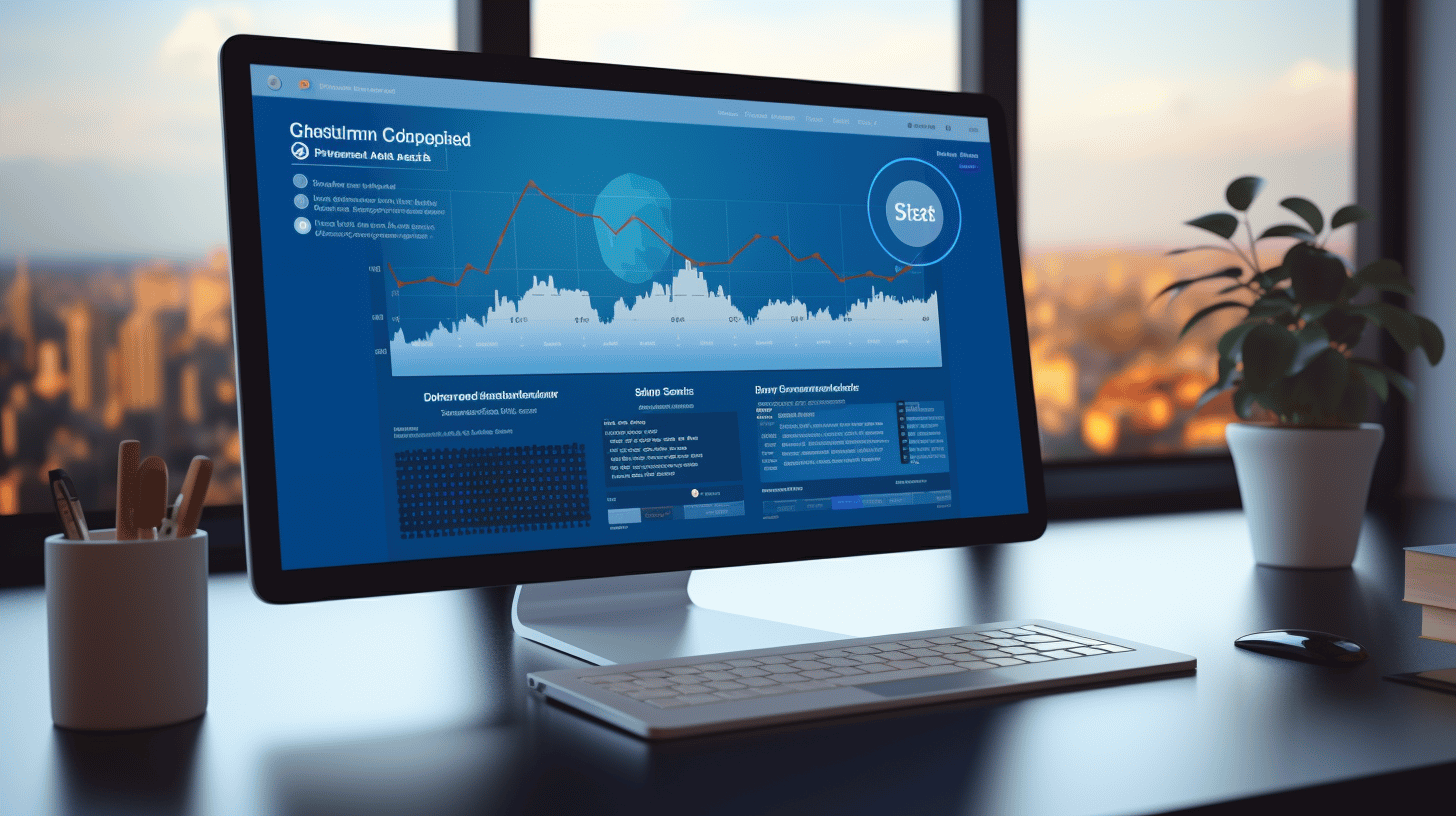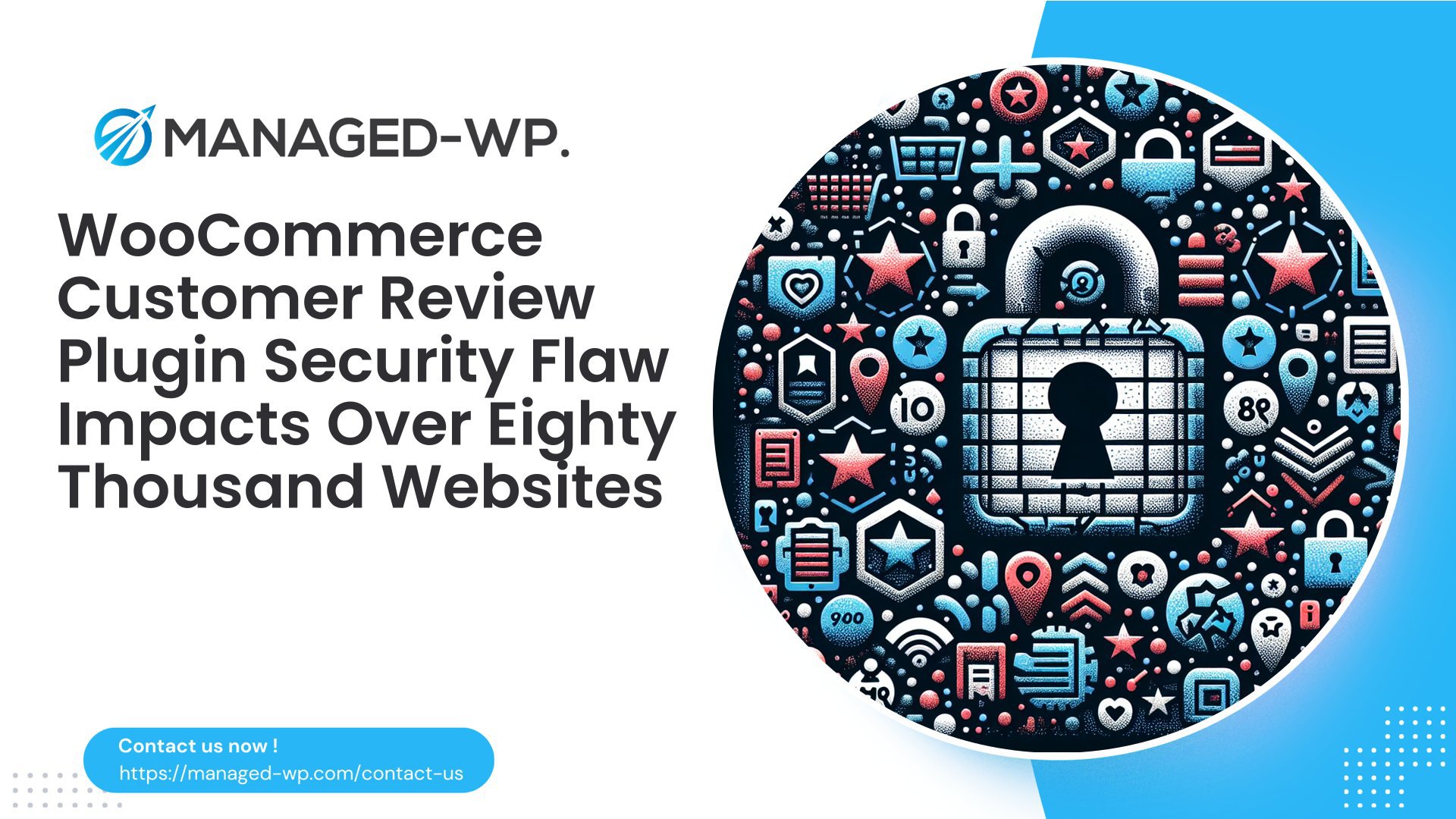| 插件名稱 | WooCommerce 的拖放式多檔案上傳功能 |
|---|---|
| 漏洞類型 | PHP注入 |
| CVE編號 | CVE-2025-4403 |
| 緊急 | 批判的 |
| CVE 發布日期 | 2025-05-08 |
| 來源網址 | CVE-2025-4403 |

嚴重安全警報:WooCommerce 外掛程式(≤ 1.1.6)拖放多檔案上傳功能存在任意檔案上傳漏洞
WordPress最大的優點之一是其豐富的外掛程式生態系統,但這也帶來了潛在的安全挑戰,一旦出現漏洞,就會帶來安全隱憂。最近,Managed-WP發現了一個嚴重的安全漏洞。 WooCommerce 的拖放式多檔案上傳功能 該插件存在漏洞,影響 1.1.6 及更早版本。此漏洞允許未經身份驗證的攻擊者透過不安全的上傳處理程序上傳任意文件,使使用此外掛程式的受影響 WordPress 網站面臨重大風險。
本文從經驗豐富的 WordPress 安全專家的角度,詳細介紹了漏洞的性質、風險、偵測策略以及您可以採取的保護 WooCommerce 網站的可行步驟。
了解漏洞:什麼是任意檔案上傳,為什麼它很重要?
什麼是任意文件上傳?
任意文件上傳 漏洞允許攻擊者上傳任何類型的檔案(包括惡意程式碼),而無需進行適當的檢查或身份驗證。這為各種攻擊打開了方便之門,尤其是遠端程式碼執行攻擊,攻擊者可以利用這種攻擊完全控制受影響的網站。
任意文件上傳漏洞可能造成的影響包括:
- 部署 PHP Web Shell 以維持未經授權的持久存取。
- 注入勒索軟體或惡意軟體,破壞或加密網站資料。
- 篡改網站或利用網站向訪客傳播惡意軟體。
- 提升權限並在系統間橫向移動。
這種類型的漏洞在以下方面被高度重視: OWASP 前 10 名 由於其發生頻率高且可能造成嚴重後果。
此插件漏洞的具體細節
該外掛程式旨在透過拖放介面簡化向 WooCommerce 上傳多個檔案的操作。然而,在 1.1.6 及更早版本中存在漏洞,上傳端點缺乏適當的使用者身份驗證,允許任何訪客(即使未登入)上傳檔案。
關鍵細節:
- 誰可以利用它? 任何未經身份驗證的使用者。
- 受影響的版本: 包括 1.1.6 及更早版本在內的所有版本。
- 修復版本: 1.1.7.
- CVE標識符: CVE-2025-4403.
- CVSS評分: 10.0(嚴重)。
- 攻擊向量: 未經身份驗證的請求發送到插件的檔案上傳端點。
為什麼此漏洞會對您的 WooCommerce 商店構成重大威脅
WooCommerce 網站處理寶貴的客戶資料和支付訊息,因此成為攻擊者的主要目標。利用此漏洞可能導致:
- 後門訪問: 上傳惡意 PHP shell 以控制整個 WordPress 網站。
- 敏感資料外洩: 客戶資訊和交易詳情被盜或洩漏。
- 網站篡改及其對搜尋引擎優化的影響: 攻擊者可以篡改網頁內容,損害品牌聲譽和搜尋排名。
- 主機暫停: 許多主機服務商會暫停被盜用的帳戶,以保護整個網路的完整性。
- 供應鏈風險敞口: 惡意內容可能會傳播到您的網站之外,影響您的客戶或合作夥伴。
鑑於剝削不需要任何特殊特權,風險情勢十分廣泛且緊迫。
偵測您網站上的漏洞或潛在安全風險
- 請驗證插件版本: 請確認您正在執行的外掛程式版本不存在安全漏洞。
- 掃描可疑上傳檔案: 檢視 WordPress
上傳用於存放意外 PHP 或其他可執行檔的目錄和外掛程式資料夾。 - 檢查伺服器日誌: 尋找來自未知 IP 位址的異常 POST 請求,這些請求指向上傳端點。
- 監控資源使用: CPU或頻寬的突然飆升可能表示有活躍的攻擊活動。
- 審核用戶帳戶: 檢查是否存在未經授權的管理員或特權使用者帳戶。
如果出現任何安全隱患,強烈建議立即尋求專家協助。
保護您的 WooCommerce 商店的建議立即措施
1. 立即更新至插件版本 1.1.7 或更高版本
該插件的最新版本修復了這個嚴重的安全漏洞。更新前,請務必備份數據,最好在測試環境中進行更新。由於攻擊者會迅速利用已知的漏洞,因此及時應用此修補程式至關重要。
2. 加強檔案上傳權限
- 透過 WordPress 或 WooCommerce 設定限制允許的檔案類型。
- 使用以下命令停用上傳目錄中的可執行權限
.htaccess或伺服器配置。 - 定期檢查新上傳的文件,查看是否有任何可疑之處。
3. 實施更嚴格的存取控制
- 實施健全的身份驗證策略和角色管理。
- 盡可能限製文件上傳功能僅對已認證使用者開放。
- 部署 Web 應用程式防火牆 (WAF) 以攔截惡意上傳嘗試。
4. 運行全面的惡意軟體和完整性掃描
- 使用可信賴的 WordPress 惡意軟體掃描工具。
- 手動檢查未知的 PHP 或 shell 檔案。
- 驗證核心文件和插件檔案的完整性。
5. 審查主機安全措施
- 確保託管環境停用上傳目錄中的直接執行操作。
- 啟用伺服器級保護措施,例如 ModSecurity 或同等的 WAF 解決方案。
超越修補程式:擁抱主動安全策略
及時修補漏洞固然重要,但全面的安全防護需要多層防禦。自動化攻擊者通常會在漏洞揭露後立即進行掃描,這凸顯了持續保護的重要性:
- 虛擬補丁: 在官方修補程式發布之前,部署防火牆規則以阻止攻擊嘗試。
- 持續監測: 即時流量和文件完整性監控,以檢測可疑行為。
- 自動清除惡意軟體: 快速修復可最大限度地減少停機時間並限制影響。
- IP信譽過濾: 屏蔽已知的惡意IP位址可以提高安全性。
- 警報和日誌記錄: 即時通知有助於及時做出反應。
選擇有效的 WooCommerce 安全解決方案
- 全面覆蓋: 保護範圍應涵蓋外掛程式、主題和 WordPress 核心。
- 方便使用的: 安全工具不得乾擾網站功能或使用者體驗。
- 性能影響極小: 高效的安全措施保證了網站快速載入速度。
- 自動更新: 及時自動更新外掛和主題可以降低風險。
- 獲取支持: 遭受攻擊時,專業的事件回應至關重要。
Managed-WP 的 WooCommerce 強大保護方案
在當今瞬息萬變的 WordPress 安全環境中,領先一步抵禦威脅並非易事。 Managed-WP 提供強大的託管防火牆解決方案,並結合惡意軟體掃描和緩解功能,專為 WooCommerce 和 WordPress 生態系統量身定制。功能包括:
- 即時偵測並攔截惡意負載。
- 針對通用漏洞和外掛程式特定漏洞的託管規則集。
- 在伺服器層和網路層實施針對零日漏洞的自動化安全措施。
- 有效降低任意文件上傳和程式碼注入風險。
立即使用 Managed-WP 的免費防火牆計劃,保護您的 WooCommerce 商店安全
對於 WooCommerce 商家和 WordPress 網站所有者而言,Managed-WP 提供了一個 免費 WordPress 防火牆方案 旨在提供必要的安全保護,同時兼顧易用性和可擴展性。此免費方案包含:
- 具有 Web 應用防火牆 (WAF) 的託管防火牆: 有效阻止OWASP十大漏洞。
- 無限頻寬: 無論車流量大小,都能確保安全。
- 內建惡意軟體掃描器: 識別受損檔案和威脅。
- 廣泛的漏洞覆蓋範圍: 無縫防禦常見攻擊手段。
這是一種輕鬆便捷的方式,可以免費將企業級安全功能引入您網站的基礎架構中。立即開始保護您的 WooCommerce 商店:
👉 立即開始使用免費的 WordPress 防火牆計劃
摘要和重點
WooCommerce 的拖放式多檔案上傳外掛程式有任意檔案上傳漏洞(≤ 1.1.6),CVSS 評分為 10 分,構成嚴重風險。未經身份驗證的攻擊者可以利用此漏洞上傳惡意程式碼,從而可能完全控制受影響的 WordPress WooCommerce 網站。
網站所有者應立即採取的關鍵措施:
- 立即更新至 1.1.7 或更高版本。
- 審核並加強文件上傳設定和權限。
- 部署一個可信任的、專注於 WordPress 的 Web 應用程式防火牆。
- 持續掃描惡意軟體並監控漏洞。
- 在您的 WordPress 生態系統中,保持嚴格的更新和安全審查流程。
積極主動的安全措施對於抵禦日益自動化和複雜的 WordPress 網站的網路攻擊至關重要。立即保護您的 WooCommerce 商店,確保其安全成功地發展。
延伸閱讀和資源
透過專注於權威安全公告並應用安全最佳實踐,隨時了解 WordPress 和 WooCommerce 的安全動態。理解更廣泛的安全背景有助於管理風險,而不僅限於單一漏洞。
本文由一位致力於為 WooCommerce 商家提供知識和安全策略的 WordPress 安全顧問撰寫。請保持警惕,保護您的線上安全。

















